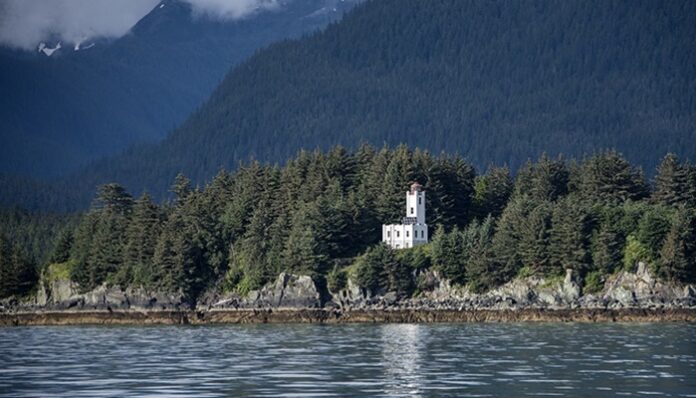
Between India and Myanmar, nestled in the bluest waters of the Bay of Bengal, lies a tiny, mysterious island that has captured the imagination of adventurers, anthropologists, and curious minds alike. Sentinel Island, one of the Andaman Islands, is shrouded in mystery and intrigue, with its enigmatic inhabitants and a history that stretches back centuries. This isolated paradise, however, is not just any tropical escape—it is home to the Sentinalese, one of the last uncontacted tribes on Earth.
The Forbidden Paradise
Sentinel Island, part of the Andaman and Nicobar archipelago, is known for its lush greenery, pristine beaches, and vibrant coral reefs. Despite its natural beauty, the island remains largely off-limits to outsiders. The Sentinalese, the island’s indigenous people, fiercely guard their home from all external contact. Their resistance is rooted in a desire to maintain their traditional way of life and protect themselves from the diseases that outsiders might bring.
The Sentinalese People
We don’t know much about the Sentinalese people, as they have steadfastly rejected any attempts at contact. They are believed to be one of the last remaining uncontacted tribes in the world. Additionally, the Sentinalese live a hunter-gatherer lifestyle, relying on the island’s abundant natural resources. Their language, customs, and social structure remain a mystery to the outside world.
History of Isolation
The Sentinalese have a long history of resisting external influence. The island’s isolation has shielded its inhabitants from the tides of history, allowing them to maintain a unique cultural identity. For example, efforts by explorers, missionaries, and government officials to establish contact have been met with hostility. As a result, this reinforces the Sentinalese people’s determination to remain isolated.
Controversies and Challenges
The Indian government has implemented strict regulations to protect the Sentinalese and their way of life. The island is a designated “tribal reserve,” and entry is prohibited. However, the challenges of enforcing such regulations are evident, as the Sentinalese react violently to outsiders, making any attempts at contact perilous.
The Future of Sentinel Island
As the world evolves and modernizes, the fate of Sentinel Island hangs in the balance. Balancing the preservation of the Sentinalese way of life with the need for conservation and protection poses a unique challenge. The international community grapples with ethical questions about respecting the Sentinalese people’s autonomy while ensuring their safety and well-being.
Sentinel Island stands as a testament to the resilience of ancient cultures in an increasingly interconnected world. Because of that, its mysterious allure and the enigma surrounding the Sentinalese people continue to captivate those who seeking to understand the complexities of cultural preservation and the delicate balance between tradition and progress. While the island remains largely untouched, the Sentinel Island story reminds us of the importance of respecting the autonomy of indigenous communities and preserving the rich tapestry of human diversity.
Imagine an island of people stuck in their old ways. An island that never had the touch of COVID-19. An island that simply said, “Nah, we don’t want your newfound technology. Good day.” So, this is my new Roman empire.
Featured image via gillfoto, CC BY-SA 4.0 via Wikimedia Commons


















